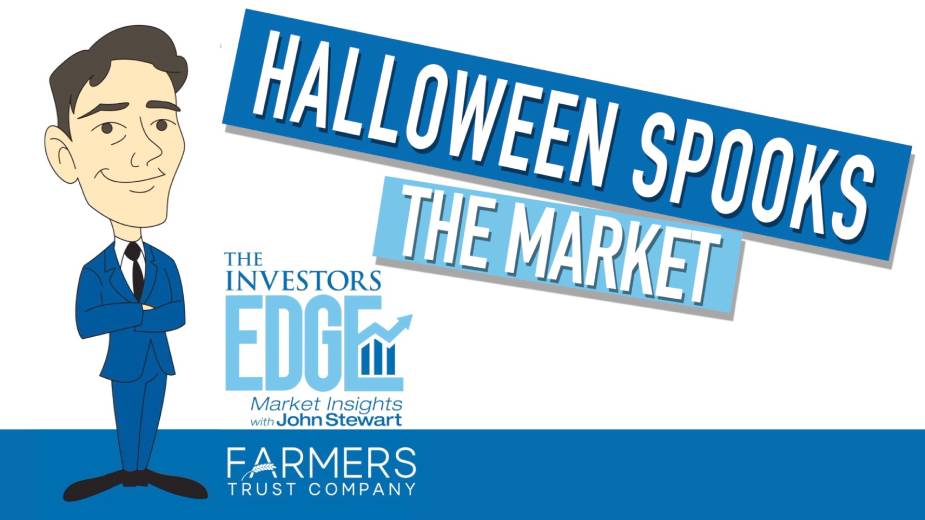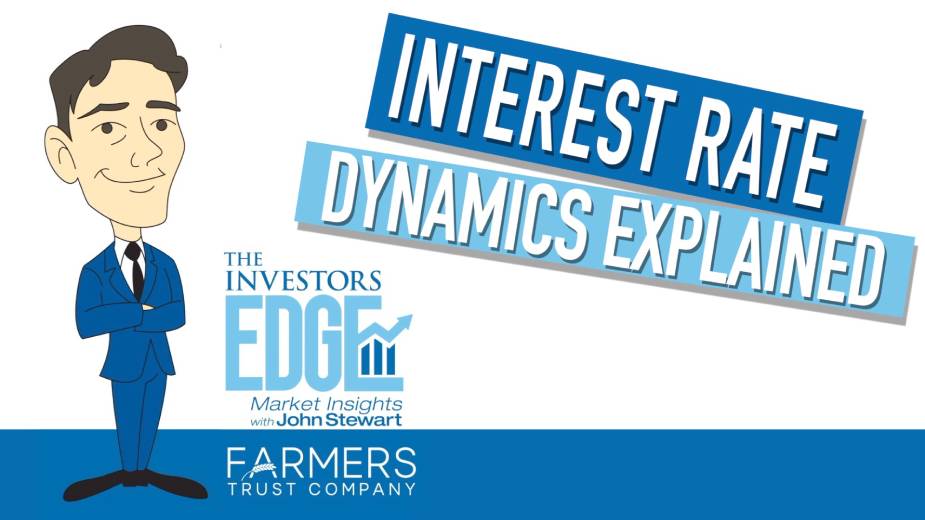Debt Ceiling Theater Continues | The Investors Edge
By John Stewart, chief investment officer at Farmers Trust Co.
Week in Review: Debt Ceiling Theater Continues
The political theater surrounding the debt ceiling situation has yet to reach its most dramatic climax, but the actors involved are preparing to give their best to convince us that what we’re seeing is real.
Nevertheless, we’ve seen this movie before. There may be some serious hand-wringing and 11th-hour meetings involved, but we will ultimately come to some sort of resolution.
A short-term stop-gap measure may buy our fearless leaders more time, which would result in this production lasting far longer than any of us would like to see.
The story that isn’t being told, however, is how the debt dynamics are affecting interest rates and ultimately the stock market. Since we’ve been at the statutory debt limit since late January, there has been no net new issuance of Treasury securities since that time.
Meanwhile, deposits seeking higher rates have flooded the short end of the Treasury yield curve. This has depressed yields for maturities from six months to two years, making it look like the market is anticipating Fed rate cuts when in actuality it is being driven by simple supply/demand dynamics.
When the debt ceiling is finally lifted, the new supply of Treasuries could push interest rates significantly higher – throwing a wrench in the mega cap growth rally that has been built on the foundation of falling interest rates going forward.
Looking Ahead: Shifting Expectations
At the beginning of the year the consensus narrative was that the first half of the year was going to be challenging. There were predictions of a recession and downward pressure on stocks and other risk assets early in the year followed by a recovery of both the economy and stock market in the second half of the year.
Around that time, I suggested that the opposite was actually more likely – that is, the economy and stock market could remain resilient longer than most expected, but risks could grow as we move into the second half of the year.
So far, the overall stock market has indeed been quite resilient thus far in 2023 even though there have been pockets of weakness, most notably the recent turmoil in the banking sector. It is in fact true that several of the largest technology companies have done the heavy lifting for the S&P 500 index this year given that the equal-weighted S&P 500 index is basically flat year-to-date.
While there is still a significant amount of bearishness among market participants, the conviction level among that group has diminished while the bulls have become more emboldened and the neutral crowd is starting to lean more toward the optimistic end of the spectrum.
Markets could continue to rally as more bears are converted to bulls, but as I previously predicted, the second half of the year could get dicey as investors’ newfound optimism meets up with economic gravity.
Copyright 2024 The Business Journal, Youngstown, Ohio.


